Posts

St. Louis Sewer District and U.S. Justice Department Reach Record $4.7 Billion Clean Water Act Settlement
3 Comments
/
The sewer district joins more than 40 American municipalities…
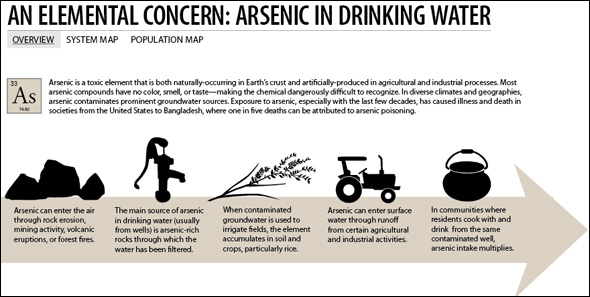
Infographic: An Elemental Concern—Arsenic in Drinking Water
Arsenic is both naturally occurring and artificially produced, and the toxin is very dangerous since it often has no color, taste, or smell. This graphic breaks down how arsenic gets into drinking water supplies and how arsenic affects the U.S. on the state level.
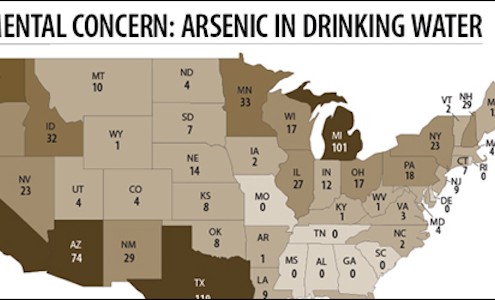
American Arsenic: After a Decade, Small Communities Still Struggle to Meet Federal Drinking Water Standards
When the EPA lowered the arsenic standard for drinking water from 50 parts per billion to 10 in 2001, there were 3,000 water systems in violation. Today, nearly a thousand still are.

The Stream, June 30: Water Highs and Lows in the U.S.
Georgia officials are smiling after Tuesday’s verdict from…
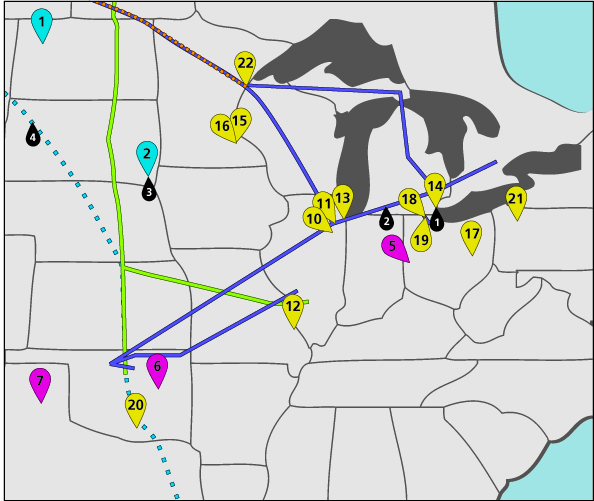
South of the Border—Second Environmental Review of Tar Sands Pipeline Leaves Many Groups Unsatisfied
Residents and lawmakers in Nebraska mull their options for protecting key groundwater sources.
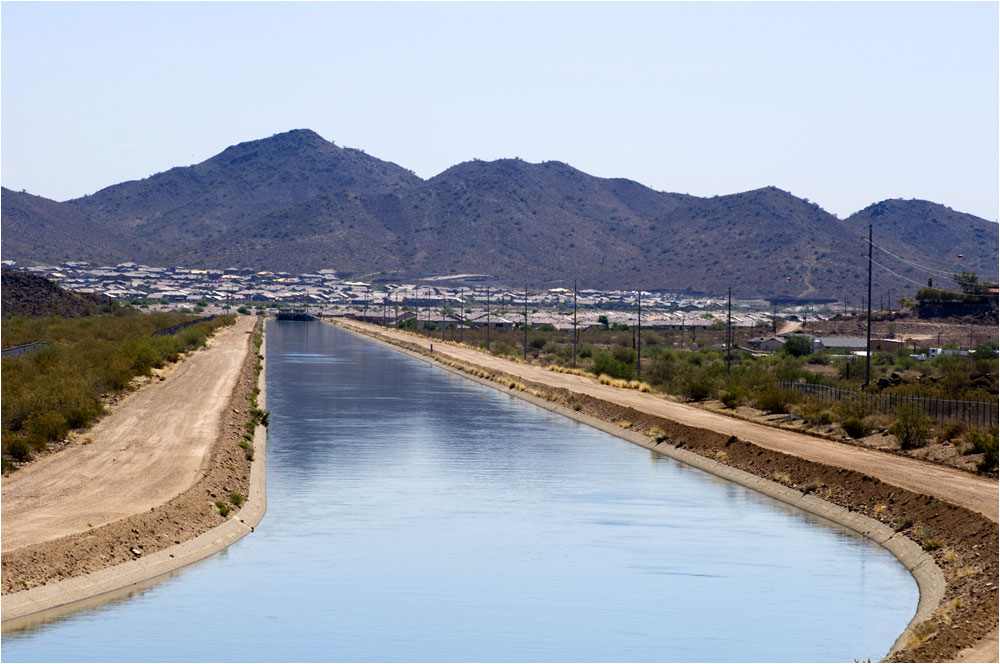
The Rising Cost of Settling the American Desert
Power plant that moves torrent of water uphill considers closing
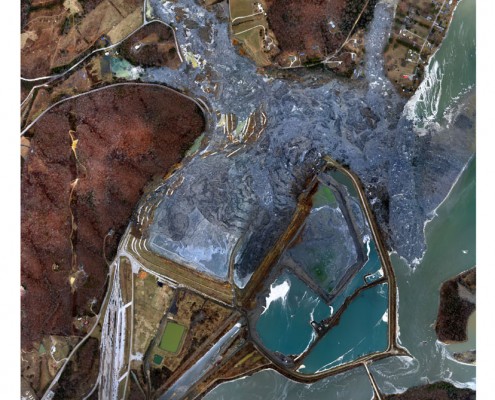
Coal Ash Contaminates Groundwater and Drinking Water Sites in 21 States, Study Finds
The EPA must do a better job of regulating the waste and protecting the nation’s water supply.
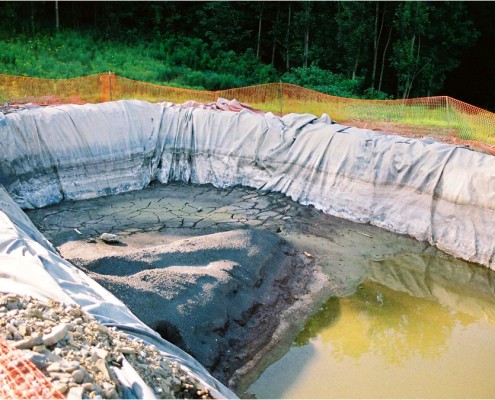
Fracking Regulations Vary Widely from State to State
A look at how states across America are facing deep frack dilemmas.

A Desperate Clinch: Coal Production Confronts Water Scarcity
In contest with coal, water takes a beating.
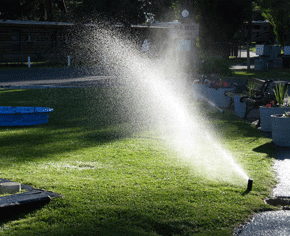
Watering a Lawn Could Lead to Water Pollution, EPA
Storm runoff can result in a variety of problems, and its causes are just as numerous, according to EPA.

Midwestern Cities Sue Chemical Company for Polluting Water Supply
A group of Midwestern communities and water districts has filed a federal lawsuit against Swiss corporation Syngenta AG and its American subsidiary

Clean Water Act Leaves Waterways Vulnerable to Pollution
As many as half of the nation’s largest water polluters might be exempt from the Clean Water Act’s requirements because Supreme Court decisions never clarified what waterways the act protects.


